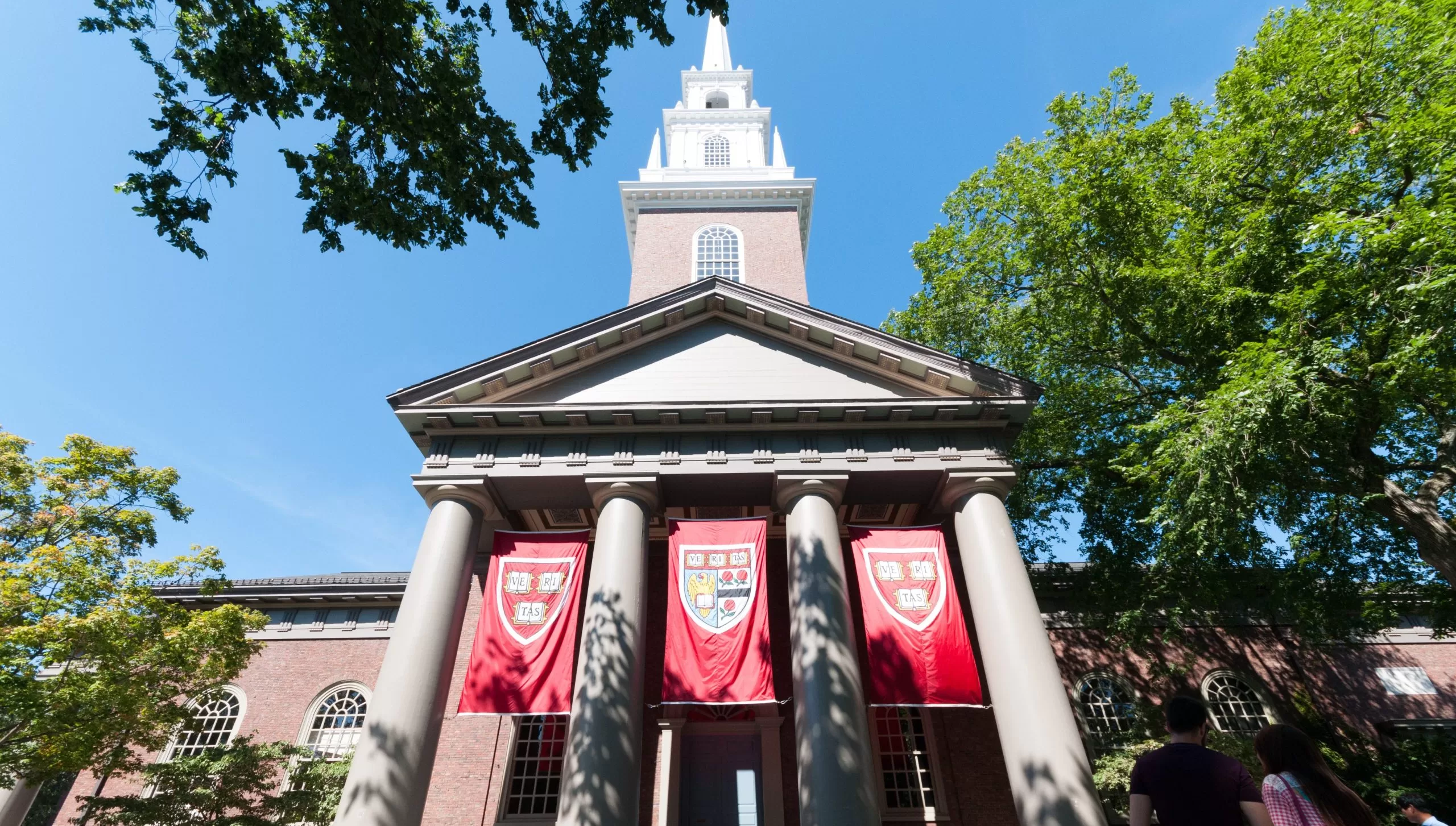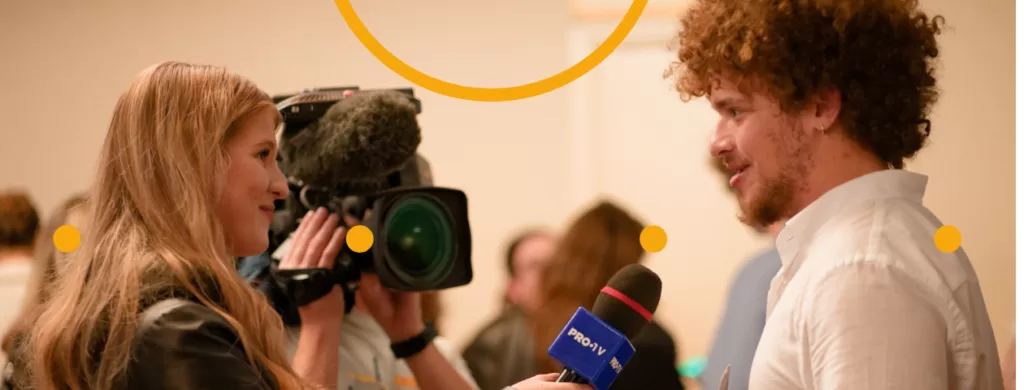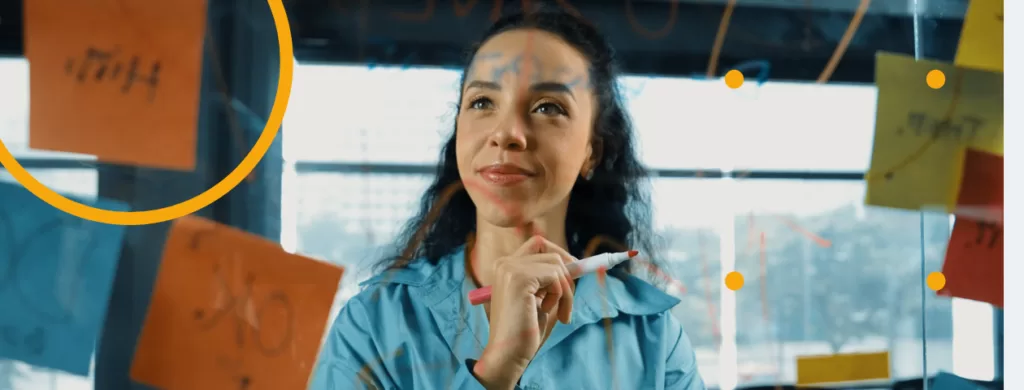
As has been reported elsewhere, Students for Fair Admissions is suing Harvard University for systematically discriminating against Asian-Americans and thus violating U.S. civil rights law.
The argument is that Harvard is taking the approach of “racial balancing” in composing classes. As a result, fewer Asian Americans are accepted despite their usually high, qualifying standardized test scores.
What the organization found in an analysis of 160,000 students is Asian Americans received low scores for “personality” from Harvard admissions, which is what kept them from gaining acceptance, according to The New York Times.
One of the other alleged smoking guns among the charges is the uncovering of an internal study Harvard conducted in 2013, which proved bias against Asian Americans. The school never disclosed the results. Setting aside the alleged discrimination and actual lawsuit, one can’t help but wonder, “Why all the secrecy?”
Transparency is increasingly a vital keyword for every company and organization and there’s no reason why the world’s top universities and colleges should be any different. What the Harvard case shows is that admissions practices need to be more open and schools should be honest about what qualifies a person to be accepted. In addition, admissions committees must explain how they arrive at those decisions. If they don’t, a court case might force the issue.
Like many institutions, colleges and universities have come under the microscope in the era of smartphones and social media. Their aim is to educate. They want the best and brightest. Certainly, Harvard is the pinnacle of higher education. It is the mountaintop for many. Yet, the admissions process is mostly hidden from view at a time when people share everything from their breakfast to intimate encounters online.
Harvard is not alone in its secrecy. The Ivy League, in general, keeps a shroud around its admissions process. You can see the applications of individual schools, of course. Class profiles that include median and average GPAs and standardized test scores will also give you an idea of the competition and what it takes to get a seat in the institution’s class.
However, not much is known about how the admissions committees judge essays and interviews, or what kinds of discussions they have about who they will let in. The nitty-gritty details are hardly public knowledge.
Some admissions consulting firms have staff members who worked at these institutions in a previous life and they often provide some insight. While they can use their knowledge of the system to better prepare candidates for the admissions process, they usually can’t reveal everything, thanks to non-disclosure agreements and common practice. After all, no one wants to burn bridges.
A means of consumer protection
At a time when people are questioning the efficacy of attending college, a result of slower return on investment (ROI) and stagnant wages, the lack of transparency is confounding. Yes, Harvard is Harvard. Arguably, its prestige is untouchable. But the world is different now. Consumers want to know their investments have value. This is evident in every review site you find online. When making the initial investment, especially one as large as that of education, they want to know every step of the process.
Actually, the fact that Harvard and those top echelon universities offer so much value makes it all the more critical that they reveal the admissions committee’s decision-making process. After all, people want to know the committees are fair about who they choose for those coveted spots. If not, people could argue they are admitting the wrong students.
In a way, that is the suggestion of the organization bringing this lawsuit. Being more open about the process could help people understand what they are looking for in candidates. As a result, candidates could better tailor the work they do leading up to applying and the application itself.
Doing the right thing
While I understand the desire to keep such a competitive process under wraps, I don’t see what any school gains from this practice nowadays. In the end, bits and pieces come out here and there. People cobble together a story and start to draw their own conclusions. As a result, Harvard and other schools that try to keep the ins and outs of the admission decision process under wraps lose control of their own narrative. Transparency puts the university back in the driver’s seat.
To some degree, the application process will always be subjective. Does the admissions committee think this person is well-rounded and will succeed at the school? It can’t all be based on numbers. Sometimes, the school needs a tuba player or a cheerleader to fill an open position in the community. Still, transparency and honesty will be the best policy. When all is said and done, truth is what is left.
So, universities should lead the way on this front. Beginning with the application process, they should be open about their practices and send the message to others to be transparent.



